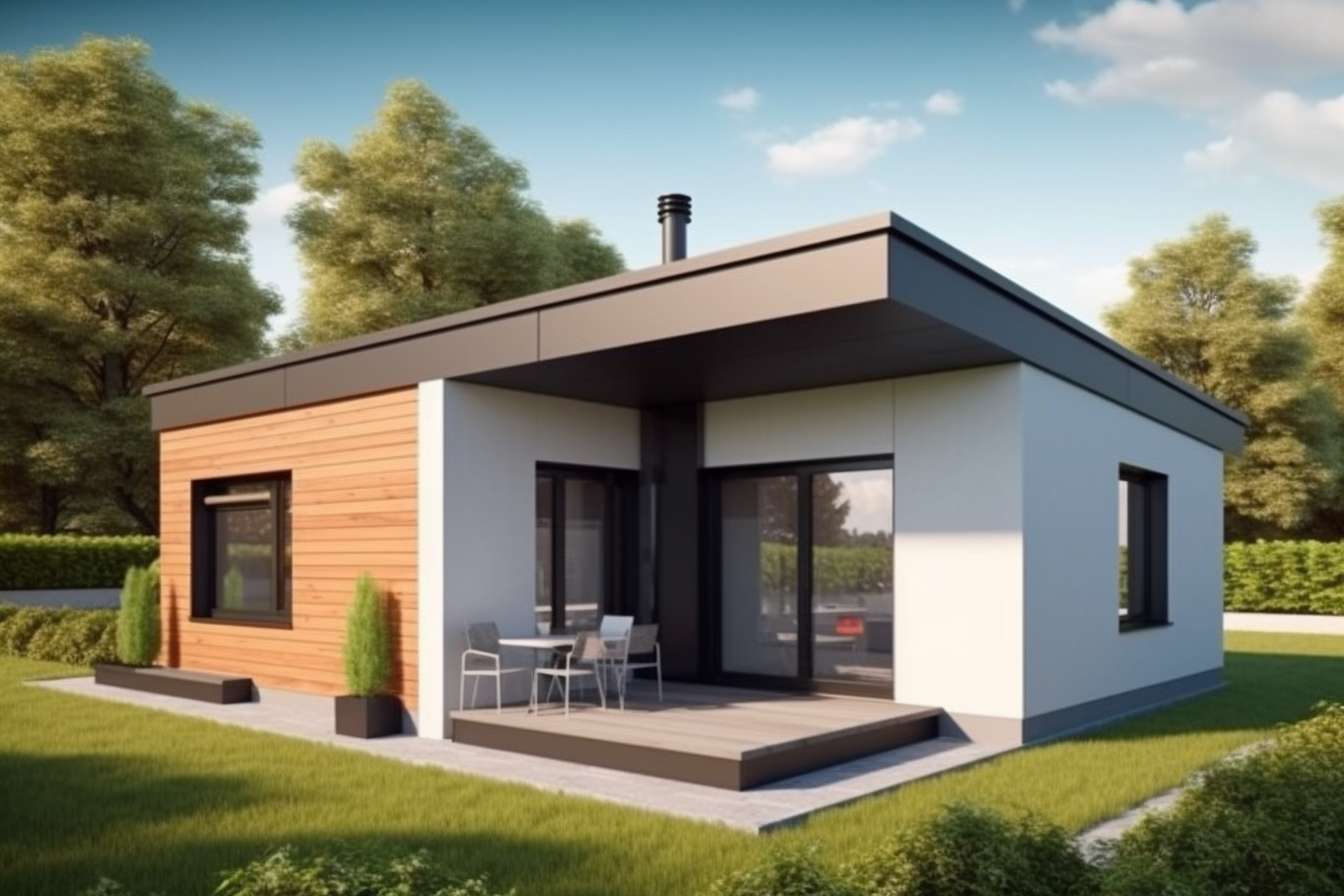Understanding the Transformation of Industrial Spaces into Residential Real Estate
Introduction: In recent years, the transformation of industrial spaces into residential properties has been a rising trend in the real estate market. This article highlights the evolution of this trend, its potential advantages, financial insights, and the impact it has on buyers and investors.

The Roots of Industrial Conversion
The genesis of industrial conversion can be traced back to the 1960s and 1970s, when deindustrialization led to the abandonment of many factories and warehouses. Fuelled by urban regeneration initiatives and changing societal attitudes towards urban living, these vacant industrial spaces began to be converted into residential lofts. Over the years, this trend has evolved, and today, it has become a popular real estate strategy.
Current Market Trends and Financial Insights
Presently, the conversion of industrial spaces into residential properties is a growing trend in the real estate market. As urban areas continue to densify, the demand for residential properties in central locations is increasing. Converting industrial spaces into residential properties can provide a cost-effective solution to this demand. Additionally, these conversions often yield higher returns compared to traditional residential properties due to their unique architectural elements and desirable locations.
Advantages and Challenges of Industrial Conversion
The advantages of industrial conversions are numerous. They provide a unique living experience, often boasting high ceilings, open floor plans, and historic architectural features. Financially, they can offer higher returns and can be a lucrative investment opportunity for real estate investors. However, there are also challenges to consider. These can include potential environmental hazards, zoning restrictions, and the high costs associated with bringing these properties up to residential living standards.
The Potential Impact on Buyers and Investors
For buyers, industrial conversions offer the opportunity to live in a unique, centrally located property. However, they also need to consider potential drawbacks like the lack of traditional residential amenities and possible environmental concerns. For investors, industrial conversions can provide higher returns compared to other real estate investments. However, they also come with their own set of risks and challenges.
The Future of Industrial Conversion
As urbanization continues to increase, the demand for centrally located residential properties is expected to grow. This, coupled with the unique appeal of industrial conversions, suggests that this trend is likely to continue in the future. However, investors and buyers should do their due diligence and carefully consider the potential challenges alongside the benefits.
In conclusion, the conversion of industrial spaces into residential real estate is a complex, multifaceted trend. While it offers unique opportunities for both buyers and investors, it also comes with its own set of challenges. A comprehensive understanding of this trend is crucial for anyone looking to invest in or buy these unique properties.




